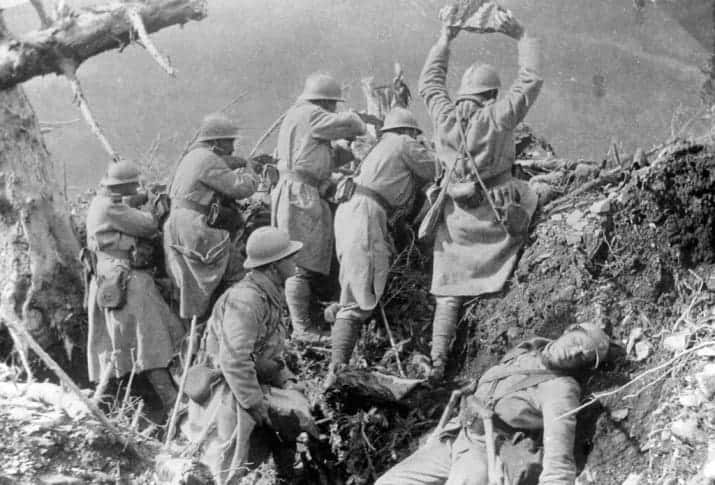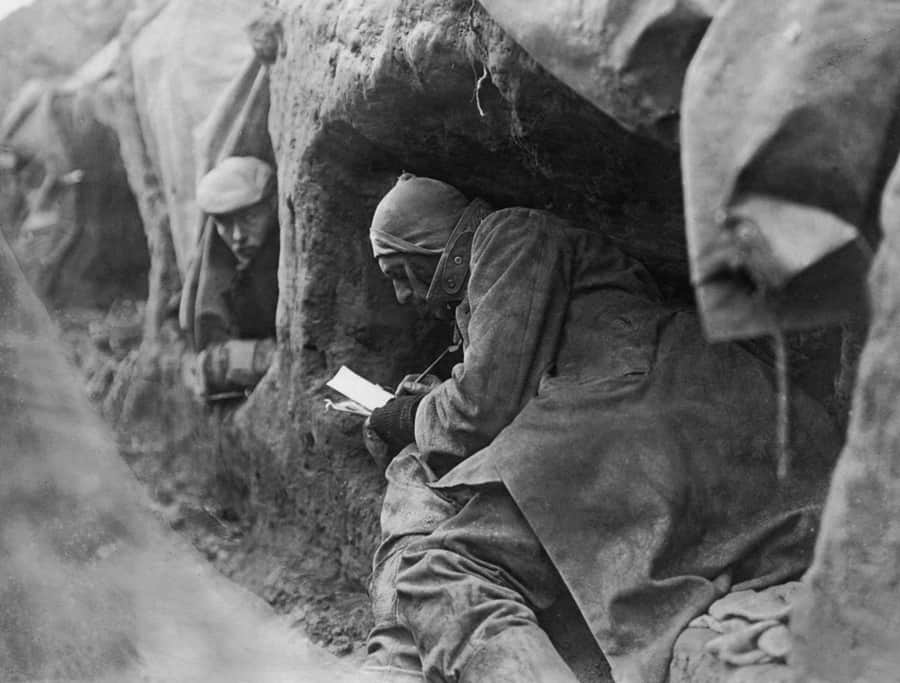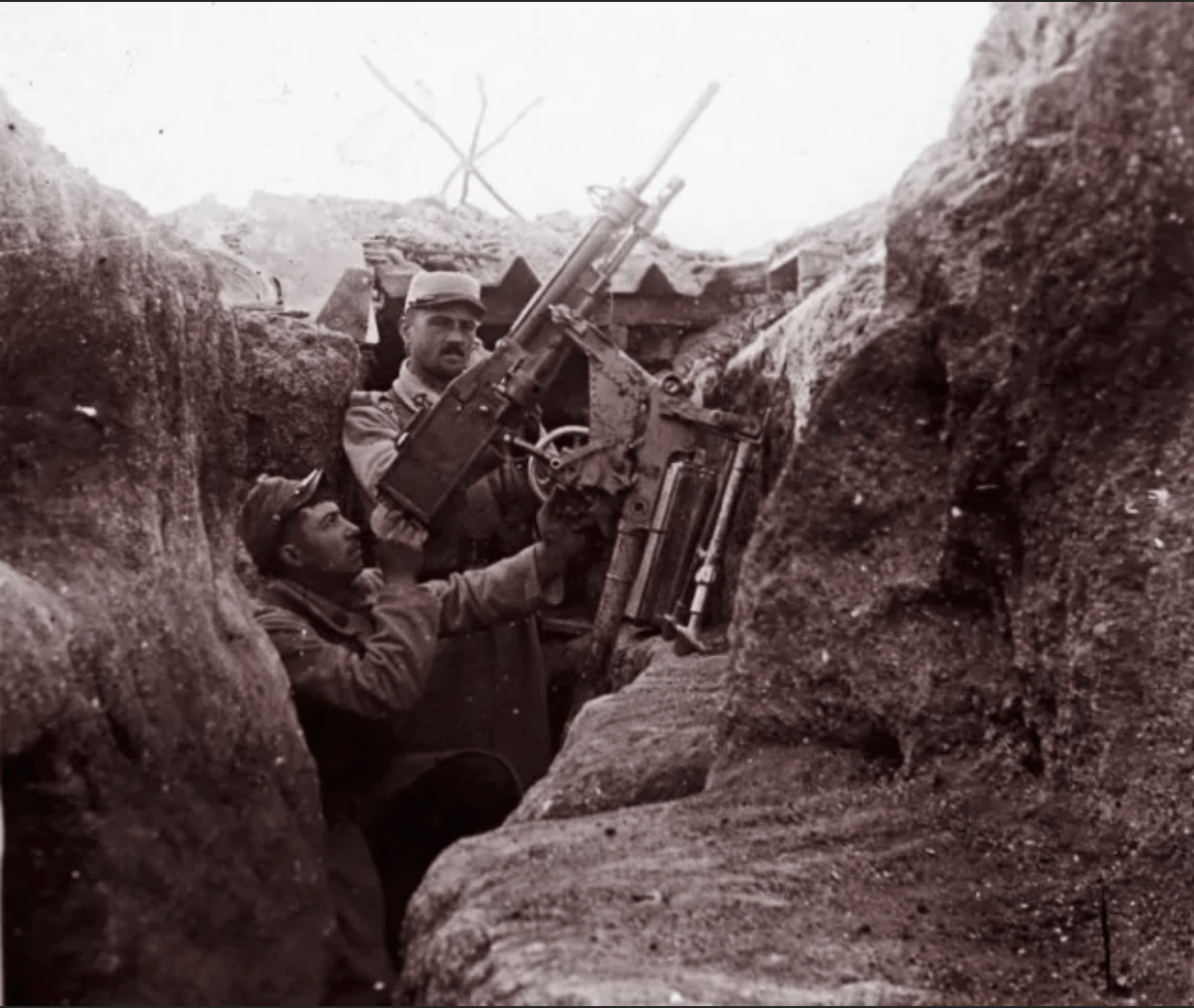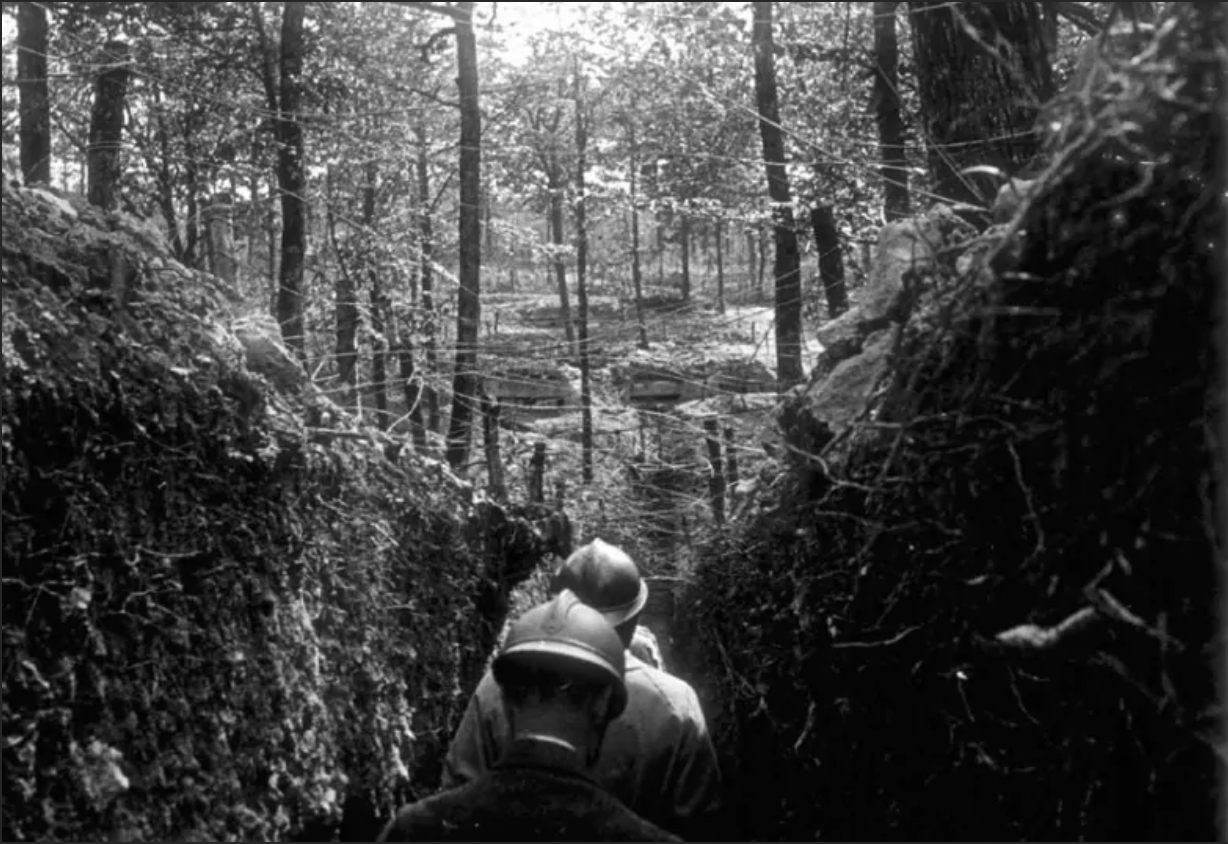Battle of Tardenois. French troops and a soldier of the British 62nd Division escorting German prisoners who are bringing back British and French wounded. Bois du Reims, 23 July 1918.
One hundred and two years ago today, on the 11th of November, 1918, World War I ended. Millions of people were killed, crippled, injured, or otherwise sacrificed some part of themselves in the largest conflict in human history until that point. It started in 1914 and spanned almost the entire world, from France and Germany to China, to Japan, to Indochina, to Africa and Russia and the Nordic states of Sweden, Finland, and Norway. The consequences and resolutions of that conflict have a direct and tangible influence on current events.
A Bulgarian Officer, Captain George St. Georgiev, would later write in his book "One Of The First Division" the following:
"One hundred and fifty thousand were sacrificed. One hundred and fifty thousand gave their lives. One life - one bullet. One bullet - two levs. Two leva are not worth half a loaf of bread. Two leva is not even worth giving to charity. Life is the most insignificant subject of exchange. The cheapest product to buy. Back then, life cost a few cents. It was worthless. Life was the least valuable. One hundred and fifty thousand were sacrificed. One hundred and fifty thousand gave their lives. So, did they not give anything? No. They gave everything."






